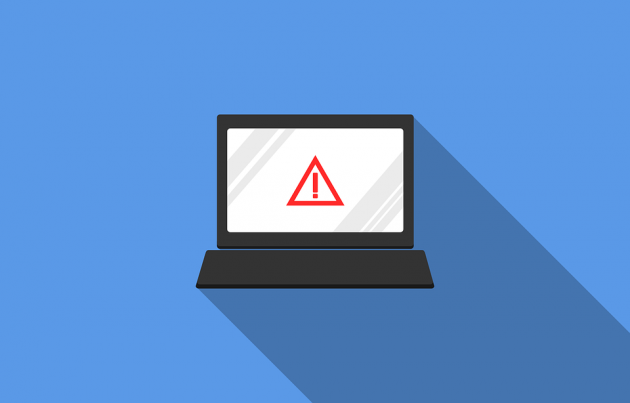
The top 7 cybersecurity risks in manufacturing supply chains
by Emily Newton, Editor-in-Chief, Revolutionized
Manufacturers should map out their supply chains, identify potential vulnerabilities, and implement robust security measures across all stages of the manufacturing and shipping process.

PHOTO: Pixabay
Manufacturing supply chains are increasingly vulnerable to hacking and data breaches in today’s interconnected world. With the rise of digitalization and automation, cybercriminals are targeting the manufacturing sector to exploit weaknesses in the supply chain. Professionals should be on the lookout for these seven cybersecurity risks.
The manufacturing industry is one of cybercriminals’ favourite targets. In 2022, data violations affected 23.9 million manufacturing workers in the U.S. alone. How can industry professionals respond to this growing issue?
1. Insider threats
One of the largest cybersecurity risks in any industry is the presence of insider threats. Although not always malicious or intentional, employees account for most data breaches.
Workers with access to sensitive information can misuse their privileges or unintentionally introduce vulnerabilities. Manufacturers must implement strict access controls, conduct regular audits and educate employees about cybersecurity best practices to mitigate insider threats.
2. Third-party vendor threats
Manufacturers often rely on third-party suppliers at various points along manufacturing supply chains. However, the greater the number of third parties, the higher the risk of a cybersecurity breach. One report found 98% of organizations affiliate with a third party that has experienced a data breach.
Because hackers can infiltrate vendors’ systems and compromise downstream business processes, third-party vendors are among the most significant cybersecurity risks in manufacturing supply chains. Establishing thorough security protocols, enforcing cybersecurity requirements in contracts and conducting due diligence on vendors are essential steps to minimize third-party risks.
3. Supply chain complexity
Each link within modern manufacturing supply chains is a potential cyberattack target, as a single breach can disrupt the entire ecosystem. Manufacturers should map out their supply chains, identify potential vulnerabilities, and implement robust security measures across all stages of the manufacturing and shipping process.
4. Phishing and social engineering attacks
Cybercriminals may trick people into revealing sensitive information or giving them unauthorized access. Using multifactor authentication, implementing strong passwords, and training employees to identify and report suspicious emails are crucial steps to combat these attacks.
5. Malware and ransomware
The manufacturing sector is a prime target for malware and ransomware attacks. Hackers can exploit software vulnerabilities or trick employees into downloading malicious files in an email, leading to system disruptions or networks being held hostage. Antivirus software, secure backup systems and regular software updates are vital to minimize the chances of cyberattacks.
6. Legacy systems and infrastructure
Manufacturing facilities often rely on outdated infrastructure that can be highly vulnerable to cyberattacks. These systems may be incompatible with necessary security updates or have other inherent vulnerabilities. Manufacturers should regularly assess and update their legacy systems, apply patches, and replace outdated hardware.
7. Poor incident response plans
A well-defined incident response plan is crucial for minimizing the impact of cyberattacks. It allows manufacturers to detect, contain and recover from security breaches effectively. The plan should cover what to do in case of a data breach, how to report it and how to recover afterward.
Rising to the Challenge
As the manufacturing sector goes digital, mitigating cybersecurity risks along the supply chain should take center stage. Taking a few simple steps can go a long way toward preventing a data breach — and the lost time, wages and reputation accompanying it.